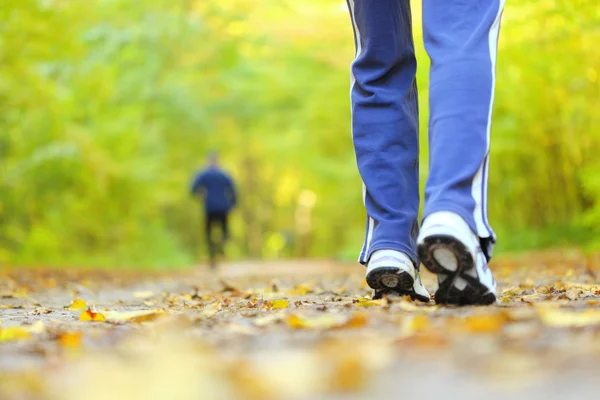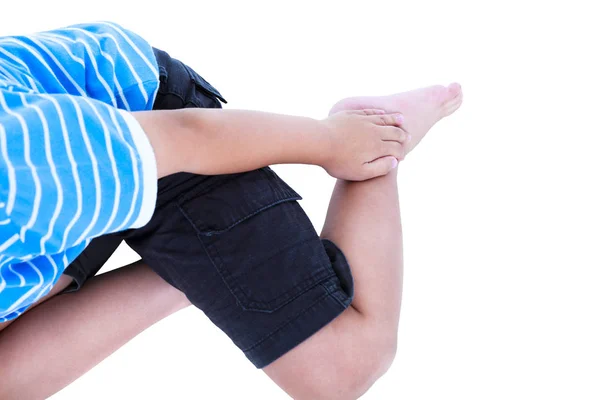Walking is a fantastic activity to kick start your fitness in the last month of winter. It doesn’t require any special equipment, you can do it anywhere and it’s much more gentle on your knees than running. I use it as a way to unwind after work and keep fit for adventures on the weekend.
Here are a few tips to ensure a safe and comfortable start to your walking program:
1. Appropriate footwear
Ensuring you have supportive footwear can make a big difference in your comfort and prevent issues arising in your ankles, knees and hips. Make sure your shoes have good tread and there are no tears or stitches missing in the fabric. Most walking shoes should last between 9-12 months depending on how often you’re walking.
2. Clothing
With the colder mornings of winter it’s important to dress appropriately. Wear a couple of layers like a breathable thermal top with a windcheater on top that you can easily remove as you warm up.
3. Build up slowly
Build up the time and distance you walk gradually. This ensures your body can adapt to the demands you place on it and will reduce the risk of injury. If you’re only just starting a walking program begin with a couple of weeks of walking 15-20 minutes every other day. Keep a record of your walks to monitor your progress and stay motivated!
4. Follow up stretching
Whether you’re a regular walker or just starting a new program, ensuring you stretch afterwards can minimize soreness in the following days. The following stretch targets the muscles in your calf and will help you feel fresh when you next head out! Here’s how to do it:
- Reach forward and place your hands on a wall, post or tree!
- Place your right foot forward, flat on the ground
- eep your left knee straight behind you with your heel flat on the ground. You should feel a stretch in your left calf.
- Hold for 30 seconds, swap legs to stretch the other side, then repeat both sides.
5. Progressing your walking
If you’ve been walking for some time you may want to make it more challenging. Apart from increasing the time or distance you walk you can also make it more challenging by…
- Adding hills or sets of stairs to your circuit
- Adding weight (e.g. wearing a small backpack with a couple of litres of water or small hand weights)
- Increasing your speed (Use a stopwatch to track your time each walk) Make sure you only change one variable at a time though so as not to overload your body.
Happy walking!
From Rob





